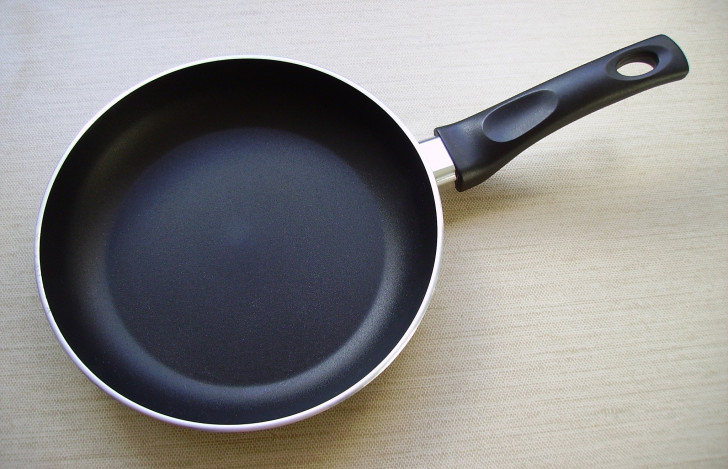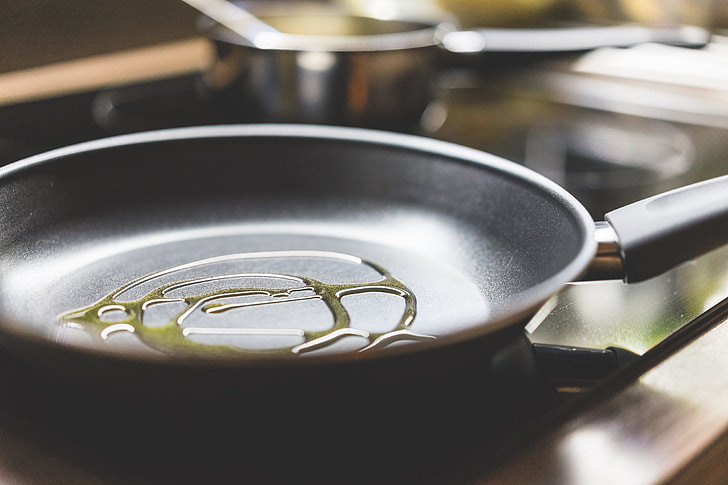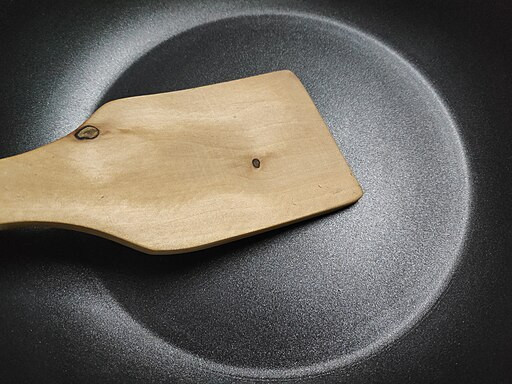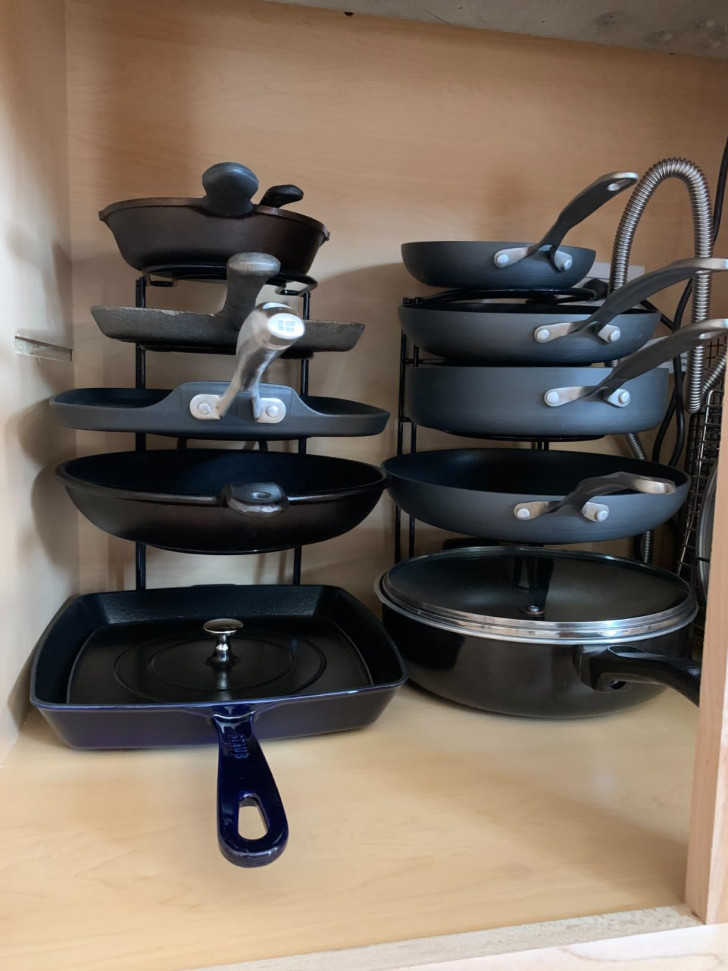Preserve non-stick pans long-term with the proper usage and storage methods

Invented in 1954 by a French engineer who, on the advice of his wife, coated her pans with the Teflon he used for his fishing equipment, non-stick pans quickly achieved great success, soon becoming indispensable in kitchens.
In fact, thanks to their non-stick coating, Teflon pans guarantee tasty, quick and uniform cooking with a reduced amount of fat - and all without the food sticking to their bottoms.
Some common errors in use and maintenance, however, can lead to premature damage to the Teflon. But, by following a few "rules", you can extend the life of your non-stick cookware significantly. Read on to find out more:
1. Seasoning

Immediately after purchase, carefully wash your pan with warm water and soap using a non-abrasive sponge and read the instructions for use on the packaging; some pans require seasoning before use, which consists of heating the pan on the stove and greasing it with a little oil. This washing and seasoning (if indicated) will ensure your Teflon coating lasts longer.
2. Heat and oiling

During use, you need to pay attention to two important factors: heat and oiling. The coating of Teflon pans can easily be damaged by excessive heat and therefore it is important not to overheat them. Furthermore, unlike pans made of other materials, the cooking oil must be added BEFORE lighting the flame under the pan, in order to prevent the bottom from getting damaged.
3. Cooking utensils

Gaurav_Dhwaj_Khadka/Wikimedia Commons
Another thing you must pay particular attention to is the type of cooking utensils you use: avoid using tools in materials that can scratch the surface such as steel, metal and pointed, sharp tools. Use utensils made of wood, silicone and nylon, which have a more delicate action and do not damage the coating.
4. After use: beware of thermal shocking

Non-stick pans must be used only for the preparation of food and never for storing the food in: buy special containers to which you can transfer your food to store it in the refrigerator, as low temperatures can damage the Teflon coating of the pans. Likewise, excessively high temperatures in the dishwasher can also damage the coatings. Always check the manufacturer's instructions, as not all pans are dishwasher-safe.
Furthermore, many cooks immediately plunge a used pan into water to clean away food residue. However, this sudden transition from hot to cold can cause the coating to peel off; it is better to wait until the pan cools down naturally before putting it in water.
5. Washing

As already mentioned, not all non-stick pans are suitable for washing in the dishwasher. For hand washing, use warm water and a mild soap, avoiding using aggressive chemical detergents. Use a soft sponge to dislodge food residue: steel wool pads, abrasive sponges and brushes can easily scratch the pans.
In the case of stubborn grime, you can try boiling a little soap and water (or water and vinegar, if you prefer an even more natural remedy) inside the pan, leave this to cool and then proceed with washing.
6. Storing

Finally, the storing of pans must also be carried out properly. Stack your pans using pan protectors - even simple pieces of cloth or paper towels will prevent one pan rubbing against another, causing scratches and abrasions to the coating.
You could also consider purchasing a rack for your pans, so that they are always kept tidy and protected from this possible risk.